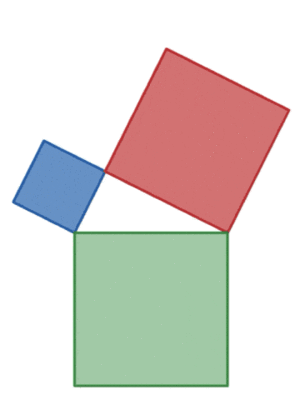Pre-algebra facts for kids
Prealgebra is a math course often taught in middle school, usually for students aged 12 to 14. It's like a bridge that connects the basic math you learned (like adding and subtracting) to more advanced math called algebra. The main goal of prealgebra is to get you ready for algebra. Algebra is usually taught in 8th or 9th grade.
In prealgebra, you learn that the equals sign (=) means both sides of an equation are the same. It's not just about finding an answer. You also start to see how numbers, letters (called variables), and words can all work together in math problems.
Contents
What You Learn in Prealgebra
Prealgebra covers many important math topics. These subjects help you build a strong foundation for future math courses.
Numbers and Operations
- Review of basic math with natural numbers (like 1, 2, 3...).
- Understanding different kinds of numbers, such as integers (whole numbers, positive or negative), fractions, and decimals.
- Working with negative numbers.
- Learning about Ratios and percents.
- Finding the factors of numbers.
- Understanding how math operations work, like associativity (how numbers can be grouped) and distributivity (how multiplication spreads over addition).
- Working with simple roots (like square roots) and powers (like 2 to the power of 3).
- Following the rules for solving math problems, like operator precedence (order of operations) and using parentheses.
Equations and Variables
- Learning the basics of equations.
- Understanding how to change equations while keeping them balanced.
- Learning how to work with variables (letters that stand for numbers).
- Solving square roots.
- Using the Pythagorean theorem (a rule about right-angled triangles).
Graphing and Data
- Working with and plotting points on the standard 4-quadrant Cartesian coordinate plane. This is like a map with X and Y axes.
- Using scientific notation for very large or very small numbers (for example, 340,000,000 can be written as 3.4 × 108).
- Identifying Probability (how likely something is to happen).
Geometry and Statistics Basics
Prealgebra may also include topics from geometry. This helps you understand how algebra can be used to find the area and volume of shapes. You might also learn some basics of statistics to help you understand probability and interpret data.
Learning prealgebra well is a good sign that you'll do well in college math. Sometimes, college students who need a refresher course will also take prealgebra.
See also
- Precalculus
- Mathematics education in the United States


